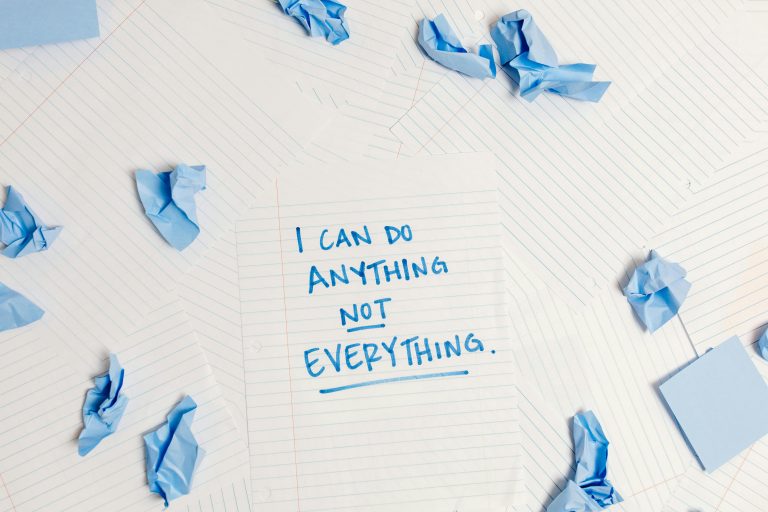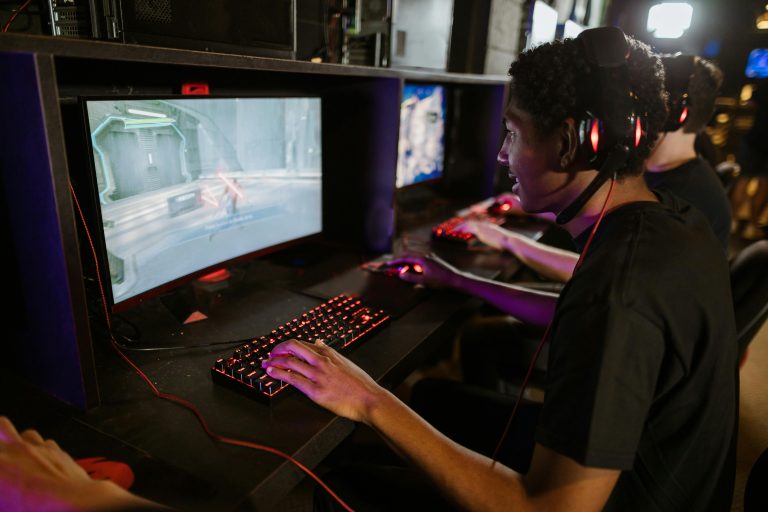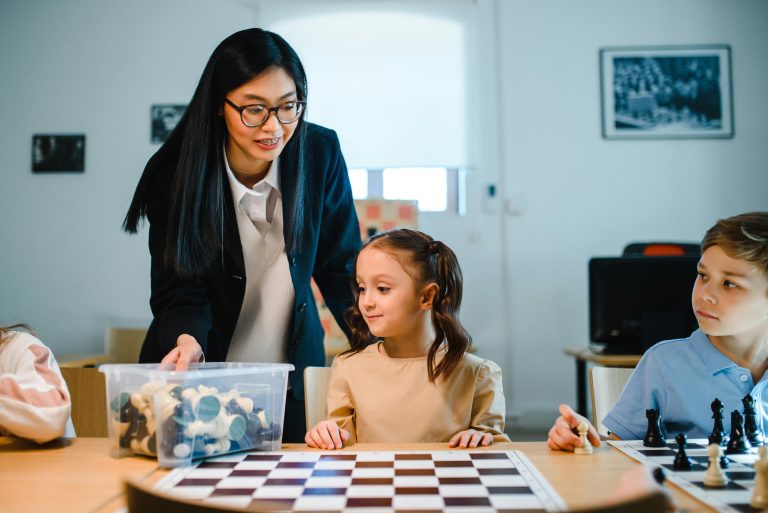
It’s a ritual shared by millions. Sometime between the first sip of morning coffee and the last scroll before bed, we open a browser tab to a grid of empty white and green squares. We type a five-letter word, hit enter, and watch the tiles change color. For a few minutes, the rest of the world fades away. There are no ads, no flashy graphics, just the quiet, compelling challenge of Wordle. This simple word game has become a global phenomenon, not by accident, but by design. Its explosive popularity is a masterclass in behavioral psychology, tapping into fundamental aspects of how our brains are wired. The reason we can’t stop playing isn’t just about a love of words; it’s about a perfect storm of cognitive triggers that make the daily puzzle irresistible.
The Power of a Perfectly Limited Experience
In a digital world of infinite scrolling and bottomless content feeds, Wordle’s primary constraint is its greatest strength: you can only play once per day. This artificial scarcity is a powerful psychological driver. It transforms the game from a time-wasting app into a precious, limited-edition daily event. The “fear of missing out” (FOMO) is real; if you skip a day, that puzzle is gone forever, and you miss out on a shared cultural moment. This limitation also prevents burnout. Unlike games designed to be played for hours on end, Wordle’s single-puzzle format leaves us wanting more, ensuring we return tomorrow with a sense of fresh anticipation. It’s a hit of pleasure, perfectly dosed to avoid habituation.
The Sweet Spot of Challenge and Solvability
Wordle brilliantly navigates the delicate balance between being too easy and frustratingly difficult. The game is built on what psychologist Mihaly Csikszentmihalyi termed flow state—the satisfying feeling of being completely immersed and focused on an activity that is challenging yet achievable. Wordle hits this sweet spot. Most players can solve it within six tries, providing a tangible sense of accomplishment. Each guess offers valuable feedback through the color-coded tiles, creating a loop of hypothesis-testing and learning that our brains find deeply rewarding.
This process of deduction activates our problem-solving capabilities. We start with a strategic opener (like “CRANE” or “AUDIO”), analyze the feedback, and systematically narrow down the possibilities. This engages our executive functions—working memory, mental flexibility, and self-control—making the victory feel like a genuine cognitive achievement. It’s a small but meaningful win that sets a positive tone for the day.
The Social Glue of Shared Experience
Wordle’s design extends far beyond the individual player. Its social mechanics are arguably the key to its viral success. When you complete the puzzle, you’re presented with a spoiler-free, emoji-based grid of your performance that is incredibly easy to share. This simple feature taps into our innate desire for social connection and healthy comparison.
Sharing your Wordle results becomes a form of social currency. It’s a way to:
- Connect: Starting a conversation with friends, family, or coworkers about the day’s puzzle fosters a sense of community and shared identity.
- Compare: The non-verbal comparison of who solved it in three versus five tries adds a layer of friendly competition without being hostile.
- Commiserate: Even failing a puzzle becomes a shared joke, a bonding moment over a common, frustrating experience.
This social loop validates our effort and integrates the game into our daily social rituals, making it a habit that is reinforced by our relationships.
The Psychology of Reward and Routine
At its core, Wordle is a potent delivery system for intermittent rewards. The moment the final tile turns green and the game is solved, our brains receive a satisfying hit of dopamine, the neurotransmitter associated with pleasure and reward. This positive reinforcement makes us want to repeat the behavior. The game cleverly structures this reward on a 24-hour schedule, effectively training us to incorporate it into our daily routine.
Humans are creatures of habit, and we gravitate toward tasks that provide structure and a sense of predictability in an often chaotic world. The daily Wordle becomes a comforting anchor point—a small, manageable task that we have control over and can consistently complete. It provides a clear start and finish, offering a micro-sense of order and accomplishment that is incredibly appealing, especially in times of stress or uncertainty.
Beyond the Grid: A Lesson in Mindful Engagement
Finally, Wordle’s appeal lies in its stark simplicity. In a tech landscape filled with apps designed to monetize our attention with notifications and ads, Wordle is a quiet, focused, and singular experience. It demands and rewards full attention for a short period. This provides a rare moment of mindful engagement, a digital detox within the browser tab itself. It’s a puzzle that respects the player’s intelligence and time, offering a pure cognitive challenge without any ulterior motives.
The psychology of Wordle reveals that we aren’t just searching for words; we’re searching for structure, connection, and satisfying challenges in bite-sized pieces. It shows that the most compelling games don’t need complex graphics or endless levels. They simply need to understand what makes our brains tick: the joy of solving, the warmth of sharing, and the perfect pleasure of a daily ritual that leaves us eager for tomorrow’s puzzle.






